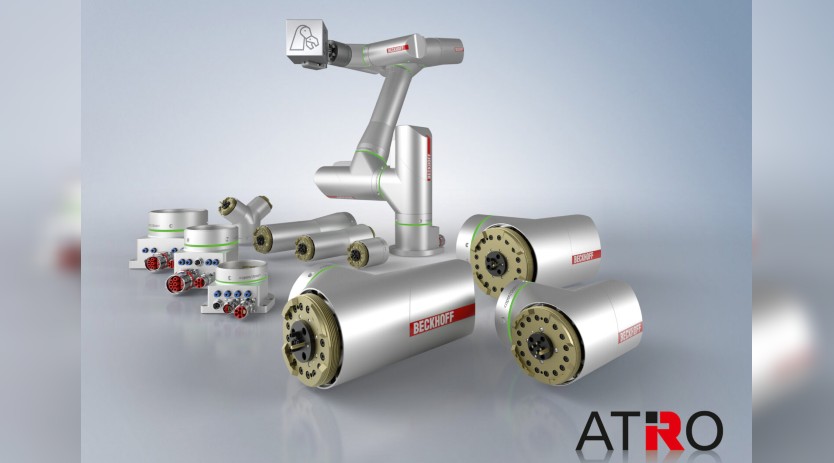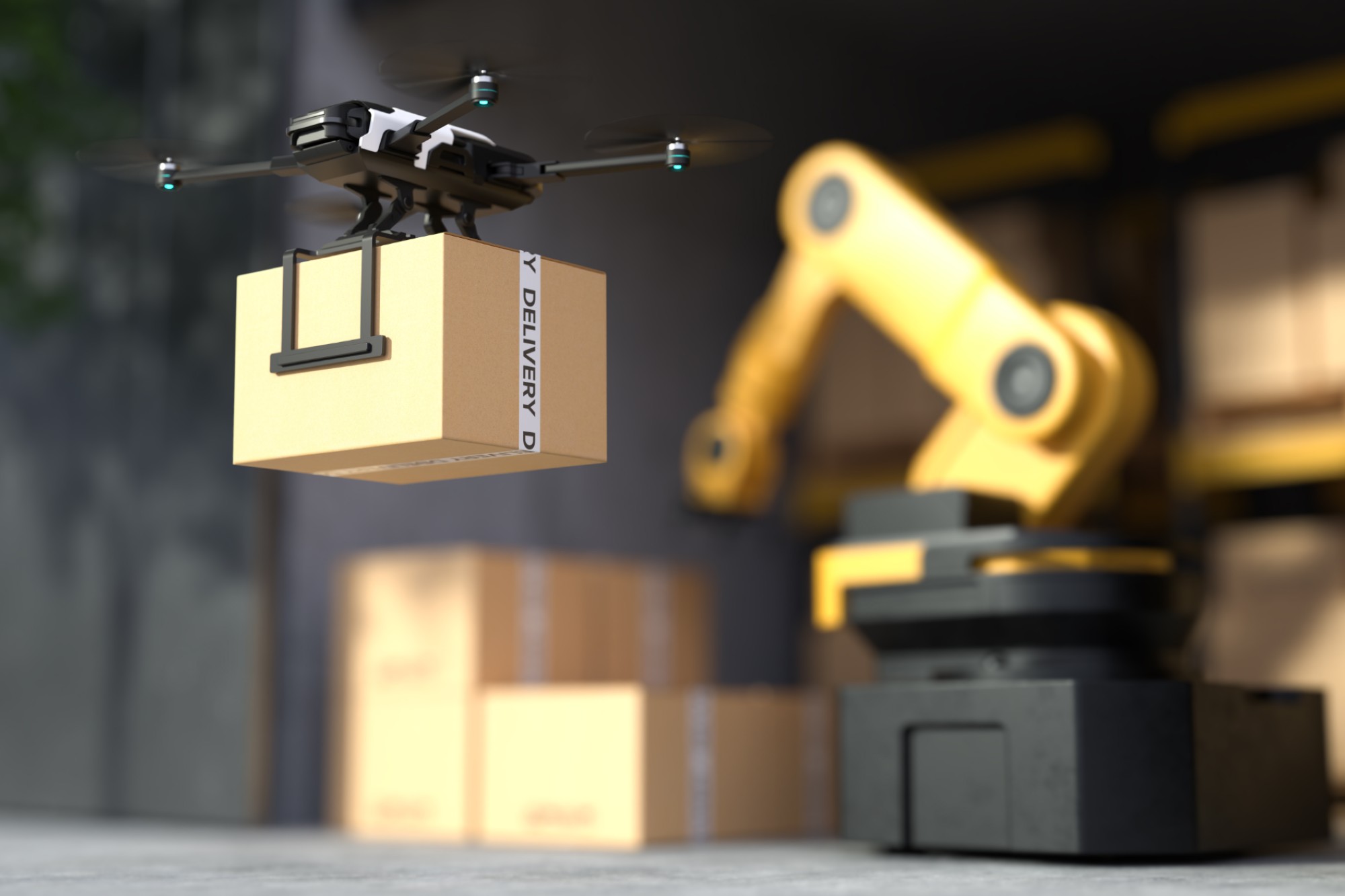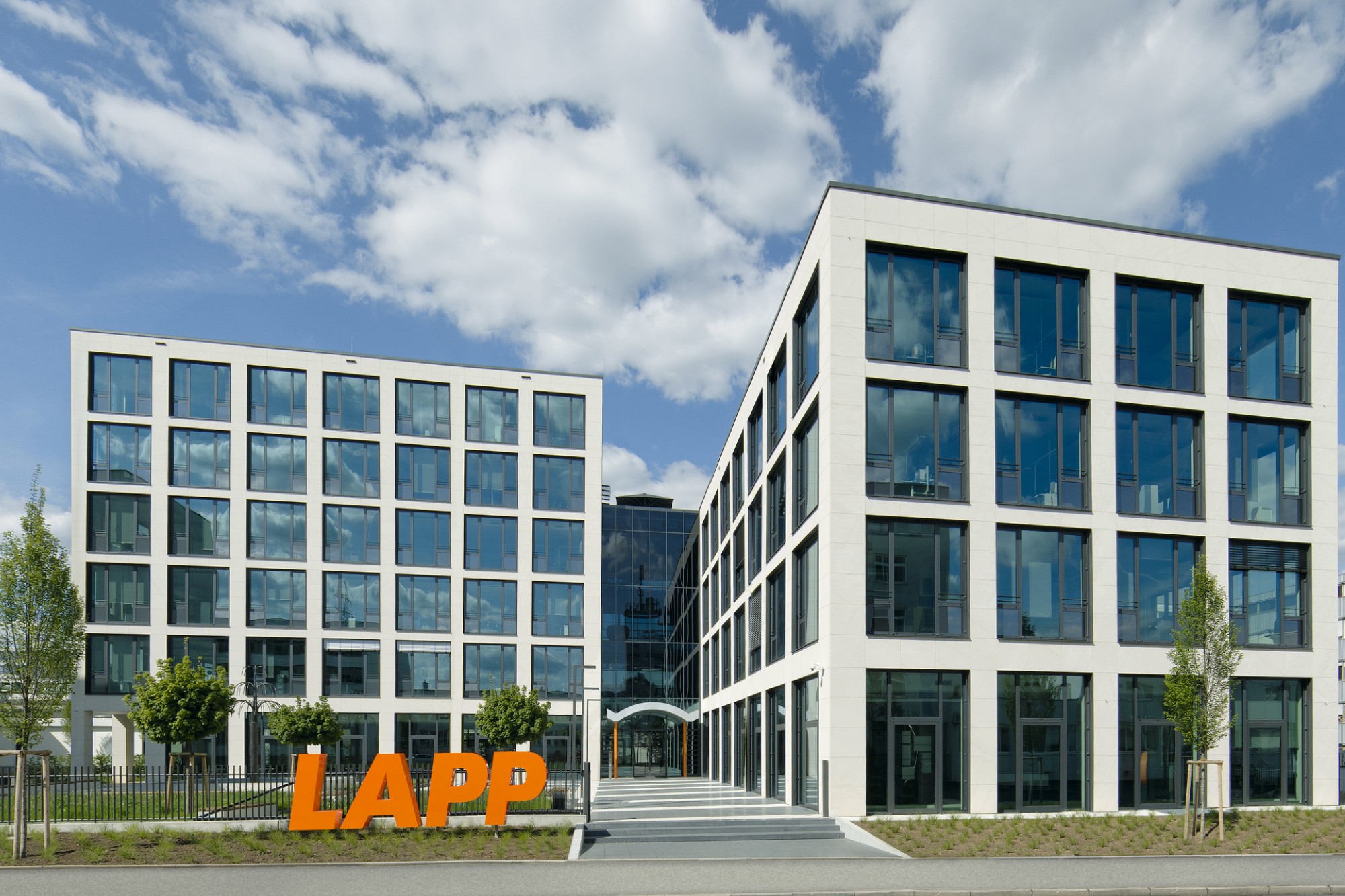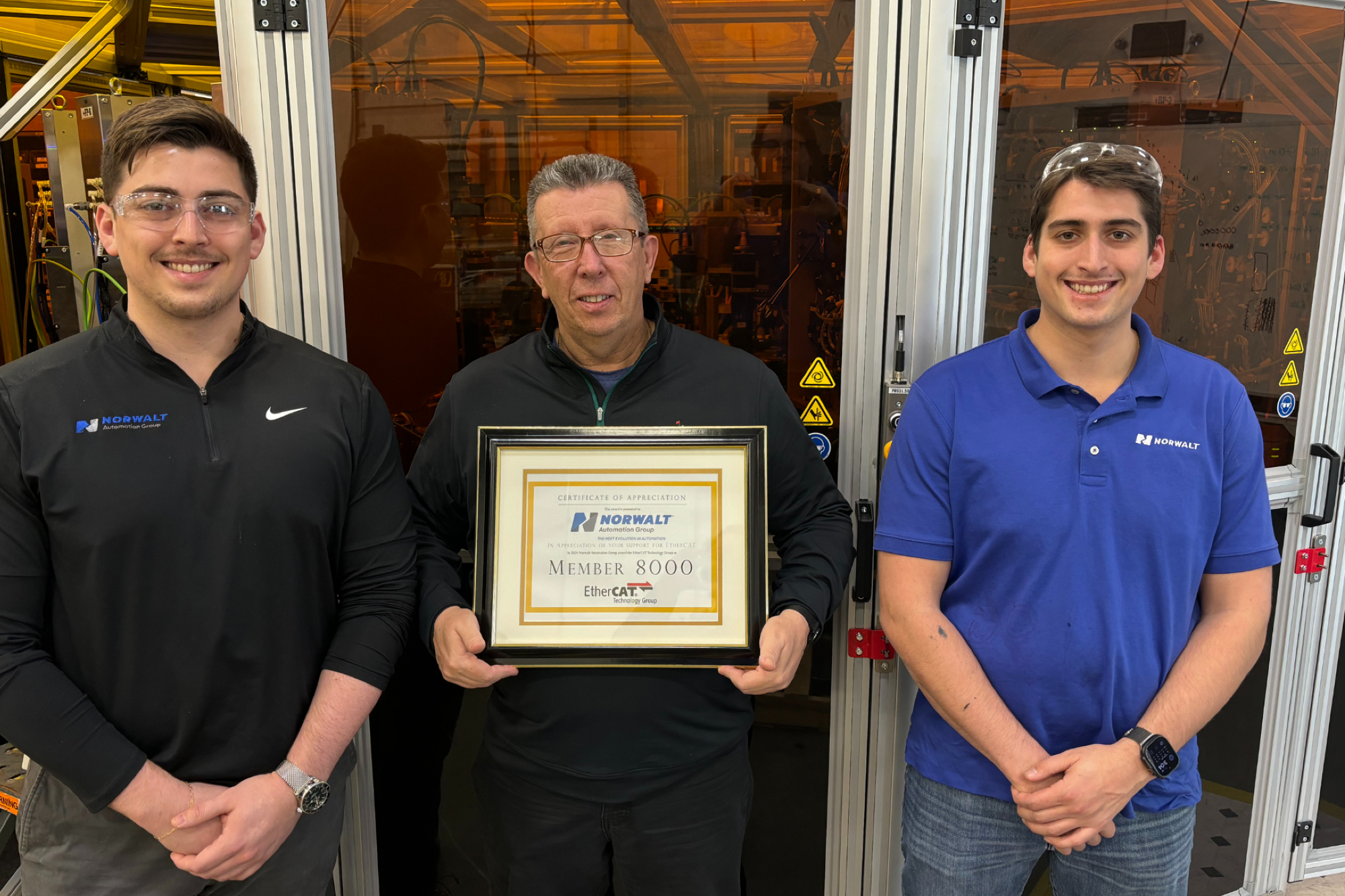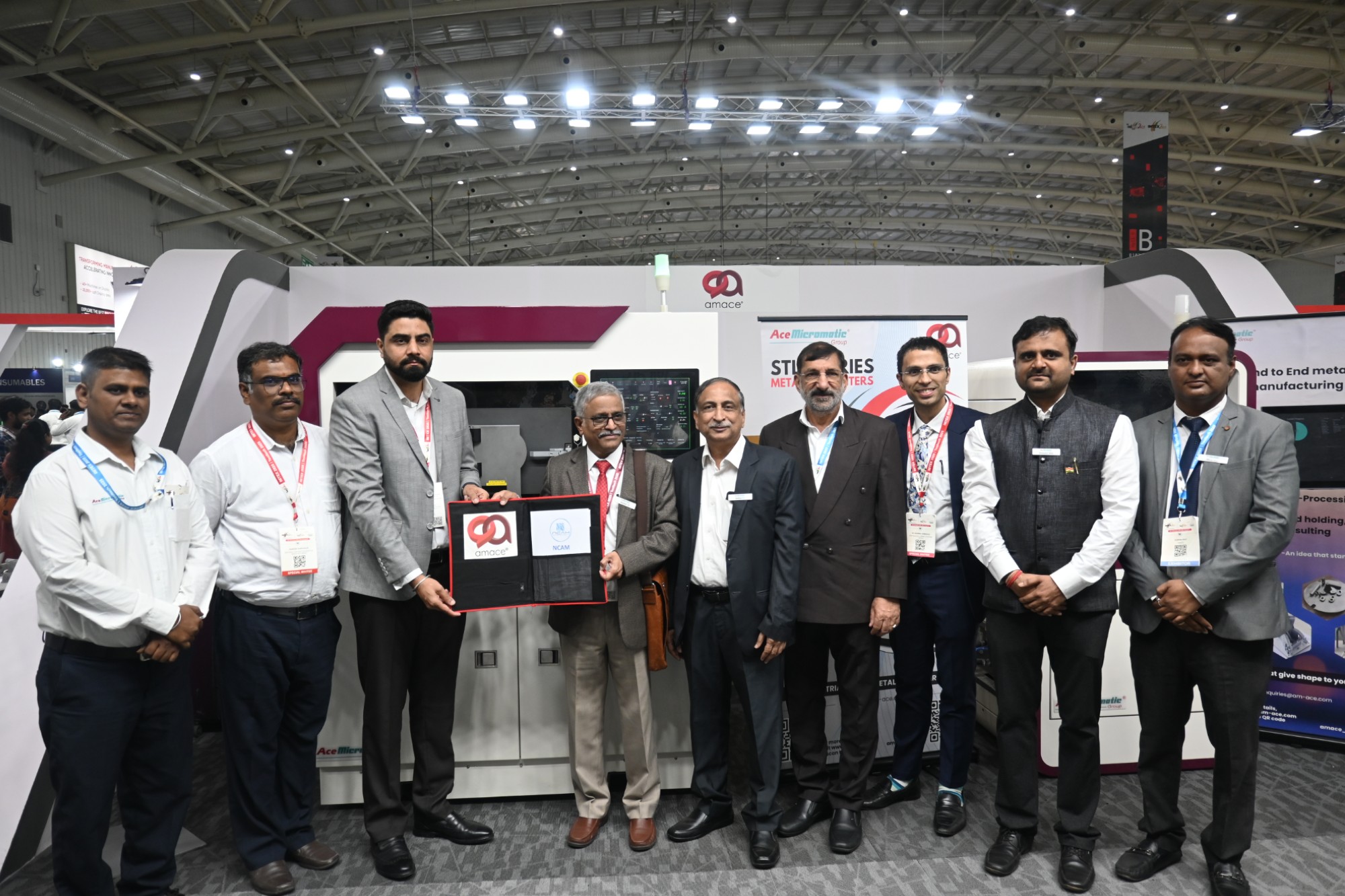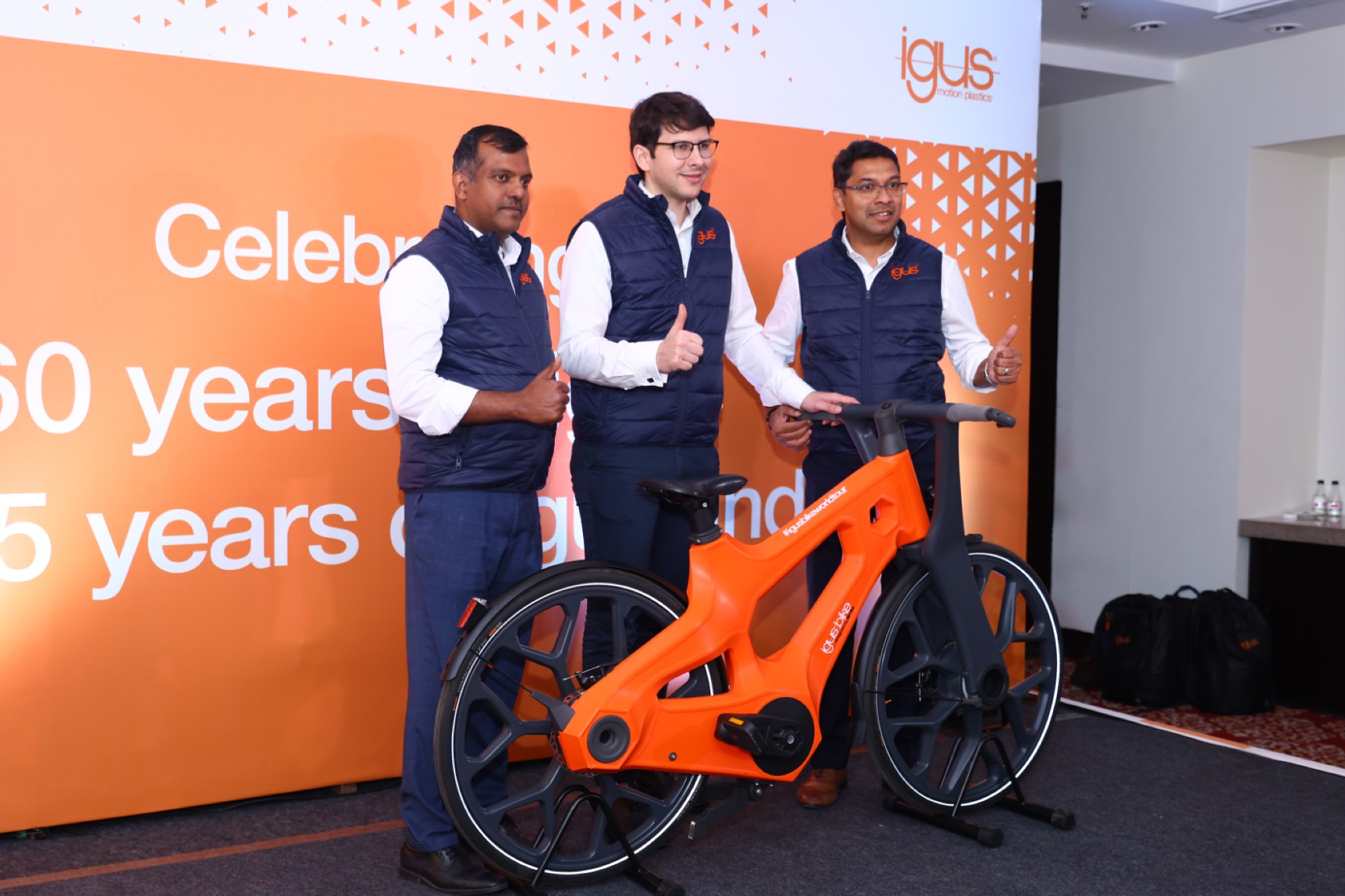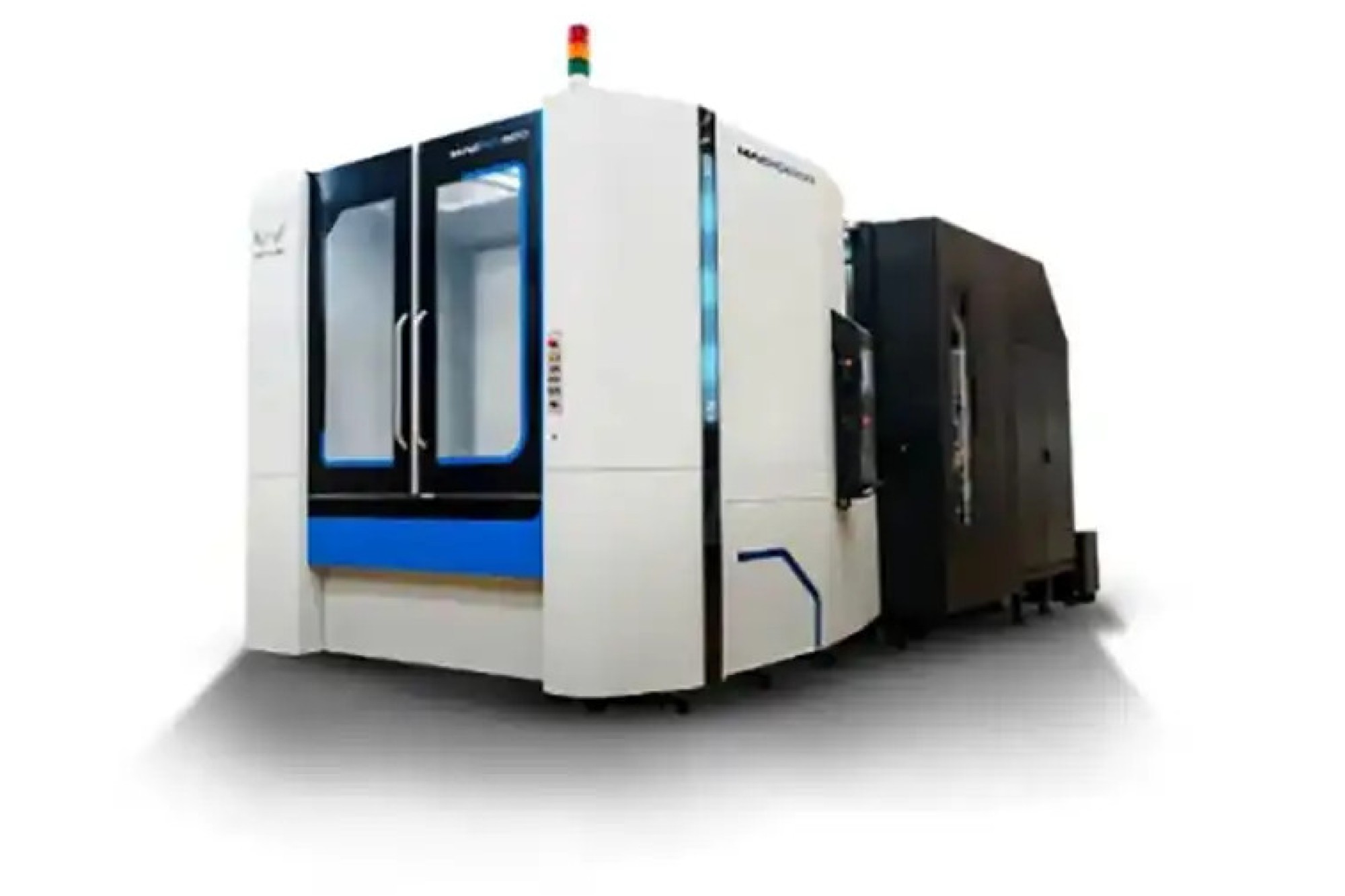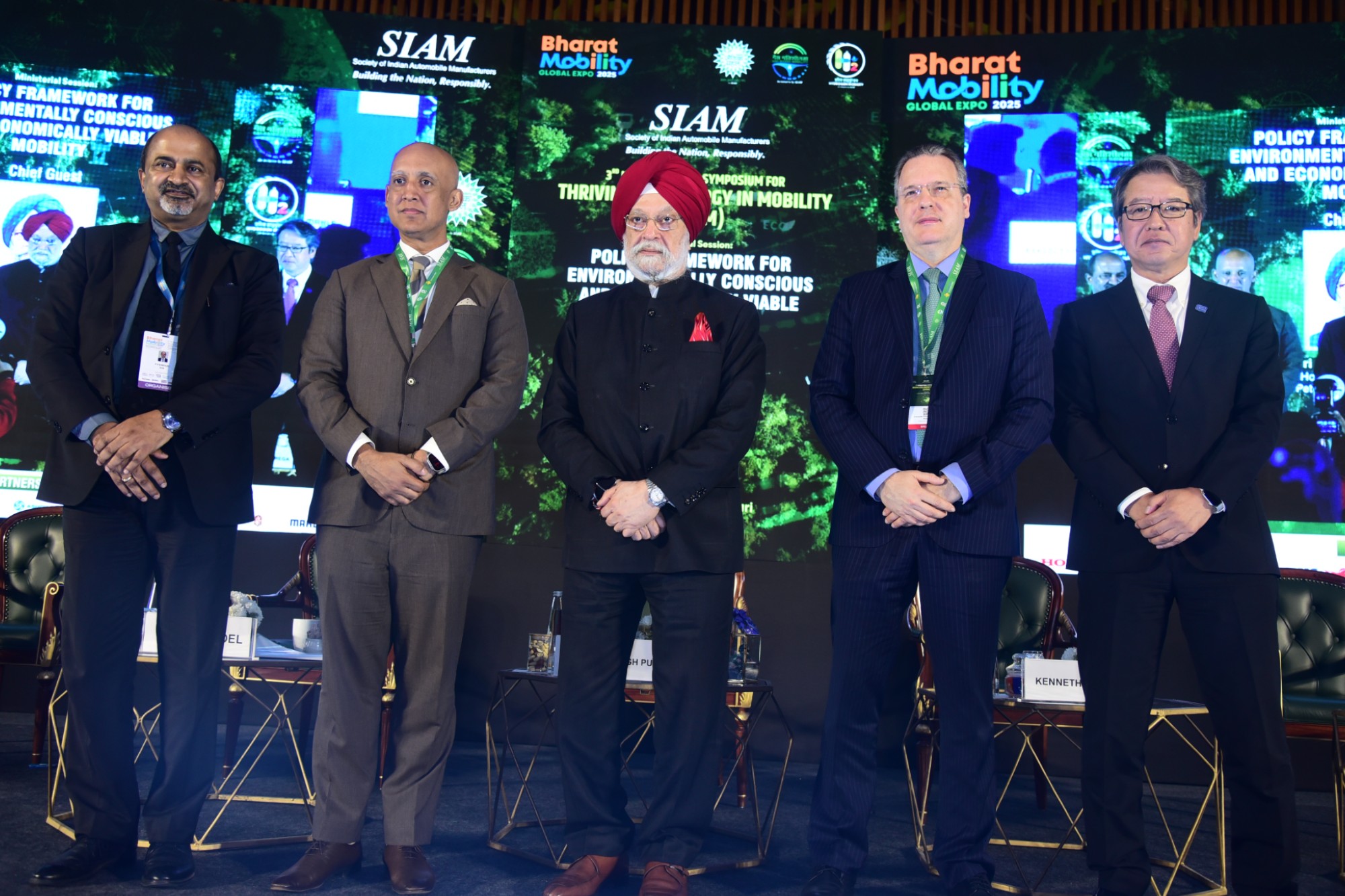With ATRO, Beckhoff is presenting a new concept for robotics applications.
By OEM Update Editorial June 22, 2022 2:23 pm IST
This is a modular system from which the right robot kinematics can be put together extremely flexibly for any application. A highlight of the system is the internal media feed for data, power and fluids. This has been implemented in such a way that all axes are designed to rotate endlessly.
With ATRO, users can create almost any robot design for their application from the modules provided – from a simple 1-axis rotary indexing table application and delta kinematics, through to multi-axis articulated robots. Beckhoff’s holistic perspective is decisive for simple commissioning and handling, because only the direct integration of the robot system into PC-based control enables a truly optimized complete solution for the machine or plant. This reduces the number of controls needed on one industrial PC, even with multiple robots.
ATRO kinematics are made up of active joints – the motor modules. The motor modules are available in different designs: straight modules in I-shape or angled modules in L-shape, which are designed in five power sizes. Each motor module forms a complete drive system for one axis of the robot. The only external components required are a power supply and a control, which significantly reduces the space required in the control cabinet. In addition to the active modules, there are connection modules without their own drive: – base modules as a base including the media feed,
- link modules with I, L and Y-shapes for implementing individual robot configurations,
- system modules that can be used to integrate additional functions such as a camera.
Advantages through internal media feed
System integration without limitsWith ATRO, Beckhoff offers a highly flexible robot system that has all essential machine functionalities due to its deep integration into the TwinCAT automation software. These include, for example, image processing for sophisticated applications (“bin picking”), improvement of motion performance through machine learning or direct cloud integration for analysis and maintenance. The use of open interfaces and universal standards enables plug-and-play of the created robot configuration as well as simple engineering. This variety of functions concentrated in one control minimizes hardware costs and also ensures maximum synchronization of all components as well as low delays in data communication. This also includes the direct combination with intelligent transport solutions such as XTS and XPlanar. Other areas such as communication, functional safety and the actual application can be created with little effort. This not only enables the configuration of an extremely powerful overall solution with maximized system output, but also a previously unattainable reduction in machine footprint.
Cookie Consent
We use cookies to personalize your experience. By continuing to visit this website you agree to our Terms & Conditions, Privacy Policy and Cookie Policy.



